Kathy Milburn-Williams: Overcoming the Prognosis for Triple Negative IBC

Kathy and her daughter
Kathy Milburn-Williams’ Triple Negative IBC Story [Interview with Kathy Milburn-Williams by Phyllis Johnson]
“Don’t worry about it. It will probably be okay,” Kathy Milburn-Williams’ doctor told her when Kathy showed her a lump in late November 2007. After all, Kathy’s recent mammogram had been fine. Kathy remembers that day very well because she had a sense that she did need to worry, or at least take action.
So she made her own appointment to see an oncologist at CBCC (Comprehensive Blood and Cancer Centers) in Bakersfield, California. Because of delays around the Christmas holiday, her lump had grown to eight centimeters by the time the biopsy showed that she had triple negative inflammatory breast cancer. Her doctors immediately started her on chemotherapy as part of a clinical trial. She received the typical Adriamycin, Cytoxan, and Taxotere, but in a combined experimental dosage.
Her doctors gave her an 18-month life expectancy, but Kathy thought it was important to be optimistic for her two daughters. “I didn’t want to get emotional in front of my kids. One daughter wanted to come home from college to take care of me, but I told her that there was no point in her coming home to watch me sleep.”
“My husband shaved my head, and my daughter said later, his hands were shaking so bad. I’m glad I couldn’t see that!” Kathy also found out a Milburn family joke was literally true. “My dad always said we had a large Milburn head, and when I went to buy a wig, none would fit me. I had to special order one.” In hot California, however, she ended up mainly wearing scarves and hats.
Kathy was a pediatric nurse at the time and found immense support from her nurse friends. When she went back to work, she transferred to the neonatal intensive care unit where there would be less chance of getting an infection. Gentle teasing from the other nurses convinced her that she didn’t need a hat to take care of babies.
“I kept a diary, so I knew I would be okay for about five days after a treatment to go to work, and then nausea would keep me home for a few days until I started feeling good for about a week before starting the cycle again.”
Following four chemotherapy treatments, she had surgery, then four more chemotherapy treatments, and finally radiation. “Other people said their hair came back thicker and wavy, but mine came back all colors in a thin patchwork like a calico cat. So I dyed it,” she said laughing.
Kathy’s response to treatment was so good that her doctors revised her life expectancy to at least five years. Her doctors presented the results of the clinical trial at an oncology conference in Boston. This is where her doctors got excited about the new treatment, the combination treatment instead of the individual treatment.
“I get checked out every four months. I do still have some chemobrain that can make it hard for me to find the right word. But I don’t have any major side effects from treatment. When that first five years passed, they gave me five more years. I’ve learned to adjust every five years. I tend to be a procrastinator, but this keeps me focused on doing things now,” she said.
“Cancer makes you really pay attention to your body. We had no prior history of breast cancer in our family although my mother had a lot of cysts. My father had prostate cancer, which I’ve learned can be connected to breast cancer in a family. After my sister died, we learned that she had undiagnosed triple negative lobular breast cancer too.”
Kathy used a sense of humor and positive attitude to get her through the difficult times. “Cancer can be exasperating at times, but you just need to get through it. I didn’t want to go down deep. I need to be positive. As a nurse, I saw that people with negative attitudes had a harder time.”
Kathy’s late father had a hard time watching his daughter deal with cancer and started the Milburn Foundation in 2007 to fund research into inflammatory and triple negative breast cancer. Today, Kathy is on the board of the foundation, which works closely with the Inflammatory Breast Cancer Research Foundation and Susan G. Komen. She used her training as a nurse and her instinct to get a quick diagnosis, and despite a scary prognosis is thriving today.



